Provided by the American Numismatic Association, these lesson plans are newly designed and grounded in the principles of inquiry-based learning. Using historical events, social movements, primary sources, etc., teachers are given essential questions and “I can…” statements to drive a deeper exploration of the social sciences.
All lessons are based on Colorado’s Prepared Graduate in Social Studies Statements. Keep in mind that these goal statements apply across standards, curriculums, and grade levels. All lessons can be adapted to meet the needs of differing ages, though an age range is provided for each lesson as it stands.
The eight statements for Prepared Graduates in Social Studies are:
1. Understand the nature of historical knowledge as a process of inquiry that examines and analyzes how history is viewed, constructed, and interpreted.
2. Analyze historical time periods and patterns of continuity and change, through multiple perspectives, within and among cultures and societies.
3. Apply geographic representations and perspectives to analyze human movement, spatial patterns, systems, and the connections and relationships among them.
4. Examine the characteristics of places and regions, and the changing nature among geographic and human interactions.
5. Understand the allocation of scarce resources in societies through analysis of individual choice, market interaction, and public policy.
6. Apply economic reasoning skills to make informed personal financial decisions (PFL).
7. Express an understanding of how civic participation affects policy by applying the rights and responsibilities of a citizen.
8. Analyze the origins, structures, and functions of governments to evaluate the impact on citizens and the global society.
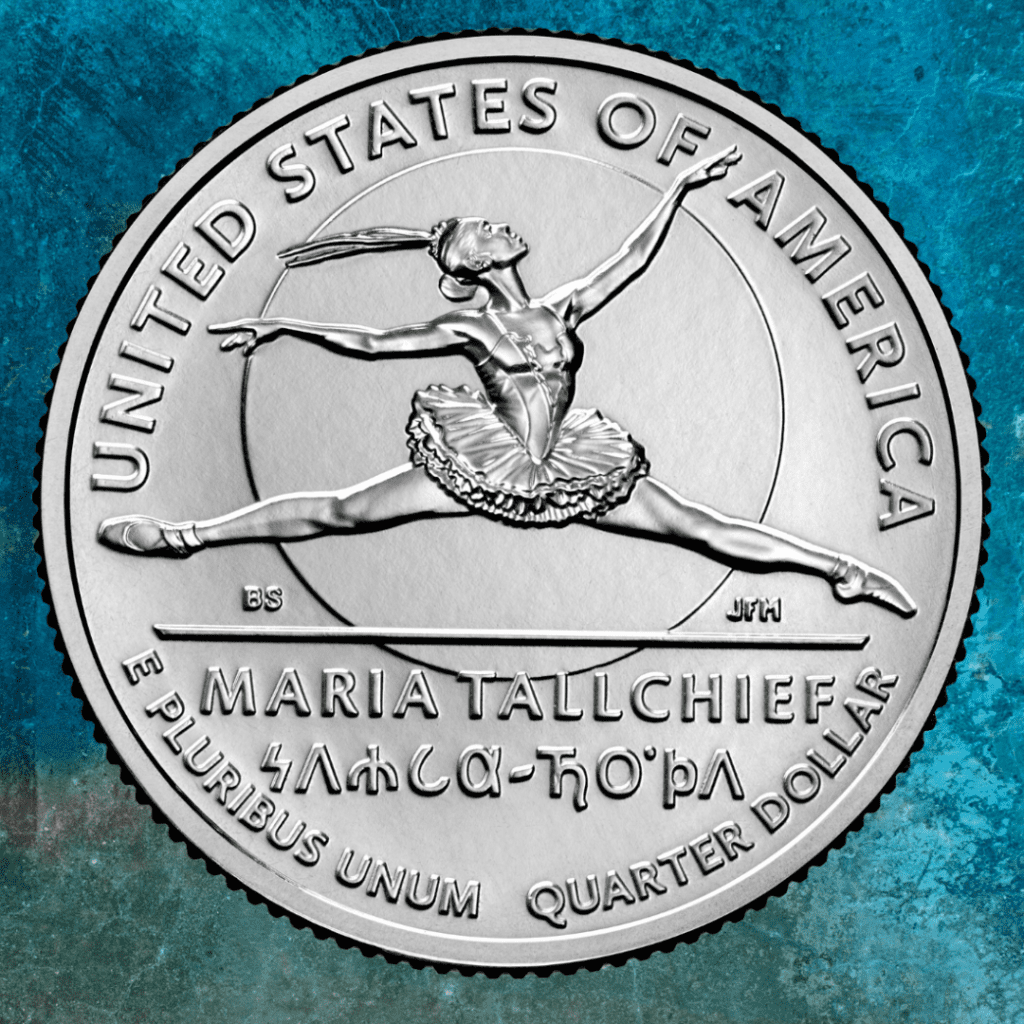
State, Park and Women’s Quarters
Using Primary Sources to Connect Place with Identity
Examine the characteristics of places and regions, and the changing nature among geographic and human interactions.
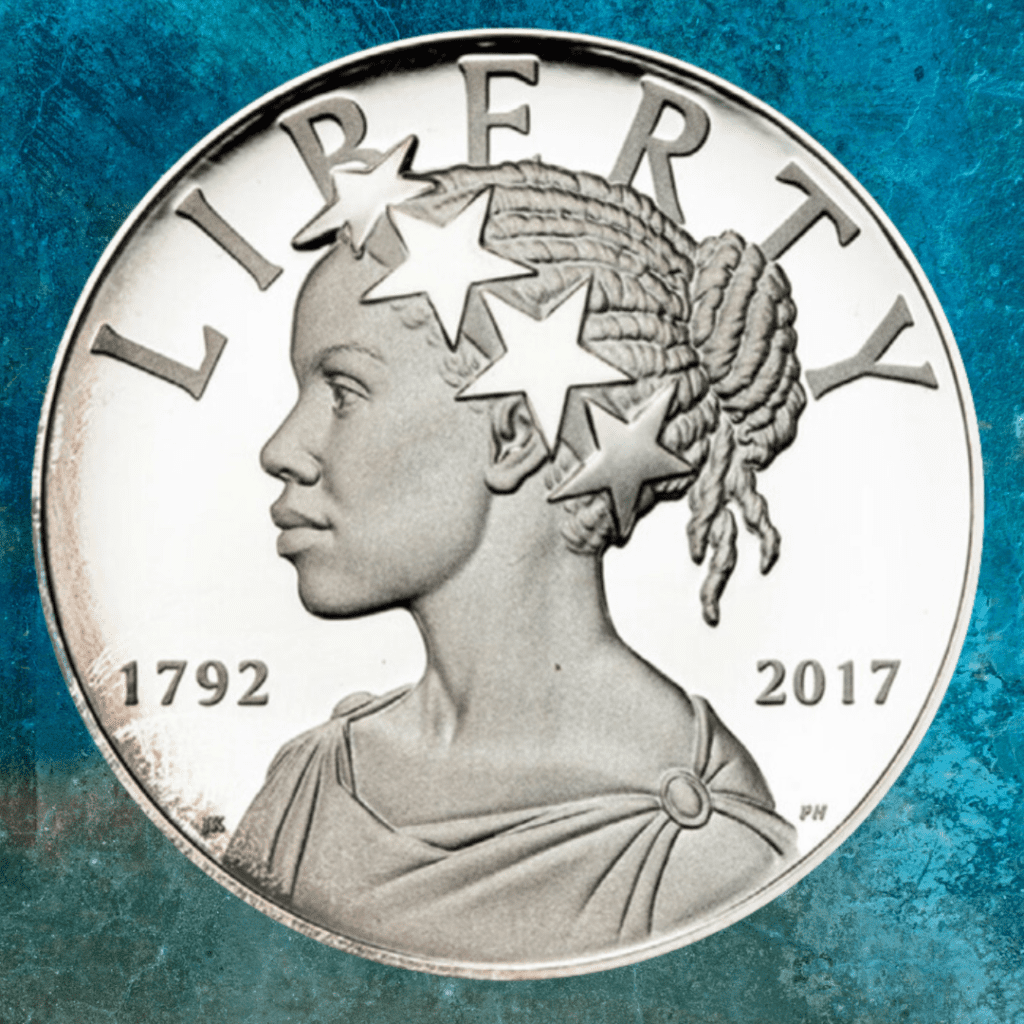
Black History & Women’s History in America
Using the Lens of Numismatic Representations
Understand the nature of historical knowledge as process of inquiry that examines and analyzes how history is viewed, constructed, and interpreted.
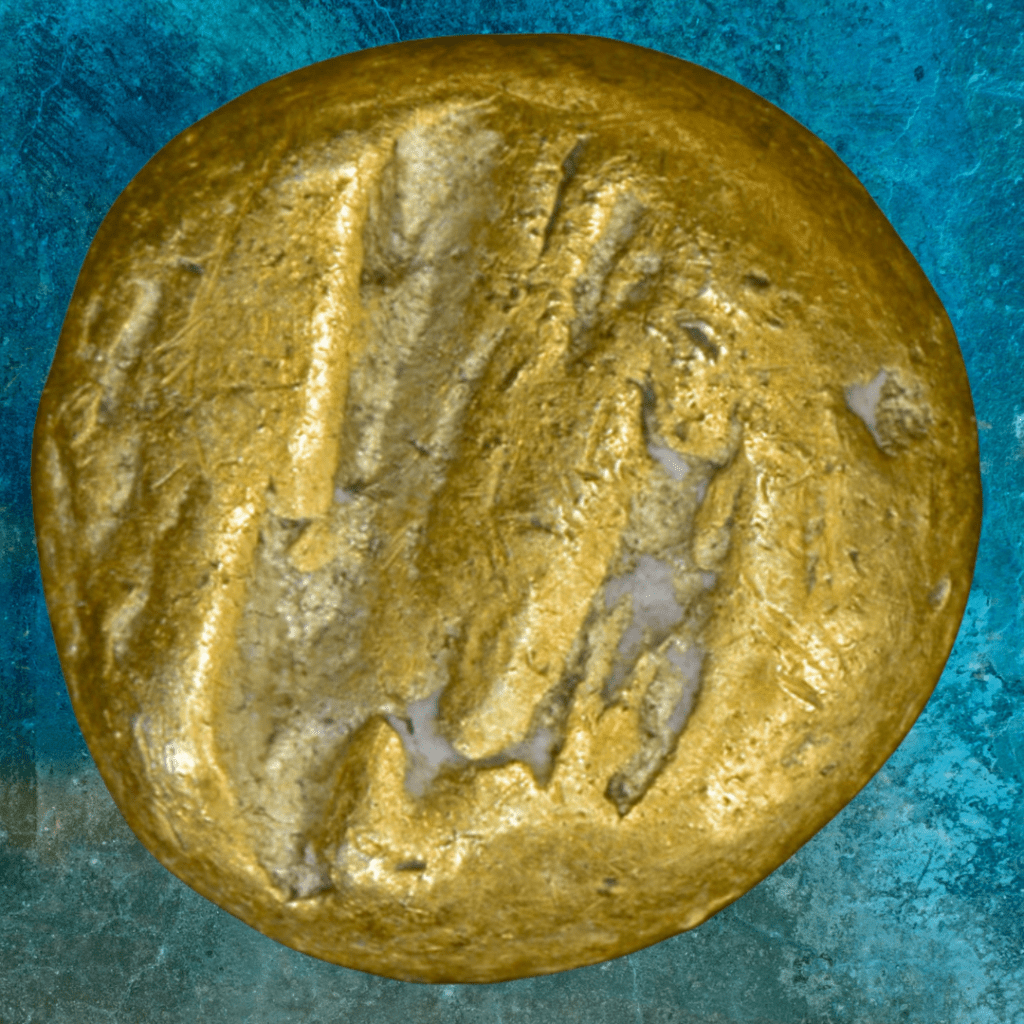
What is Money?
Analyze historical time periods and patterns of continuity and change through multiple perspectives, within and among cultures and societies.
Understand the allocation of scarce resources in societies through analysis of individual choice, market interaction, and public policy.
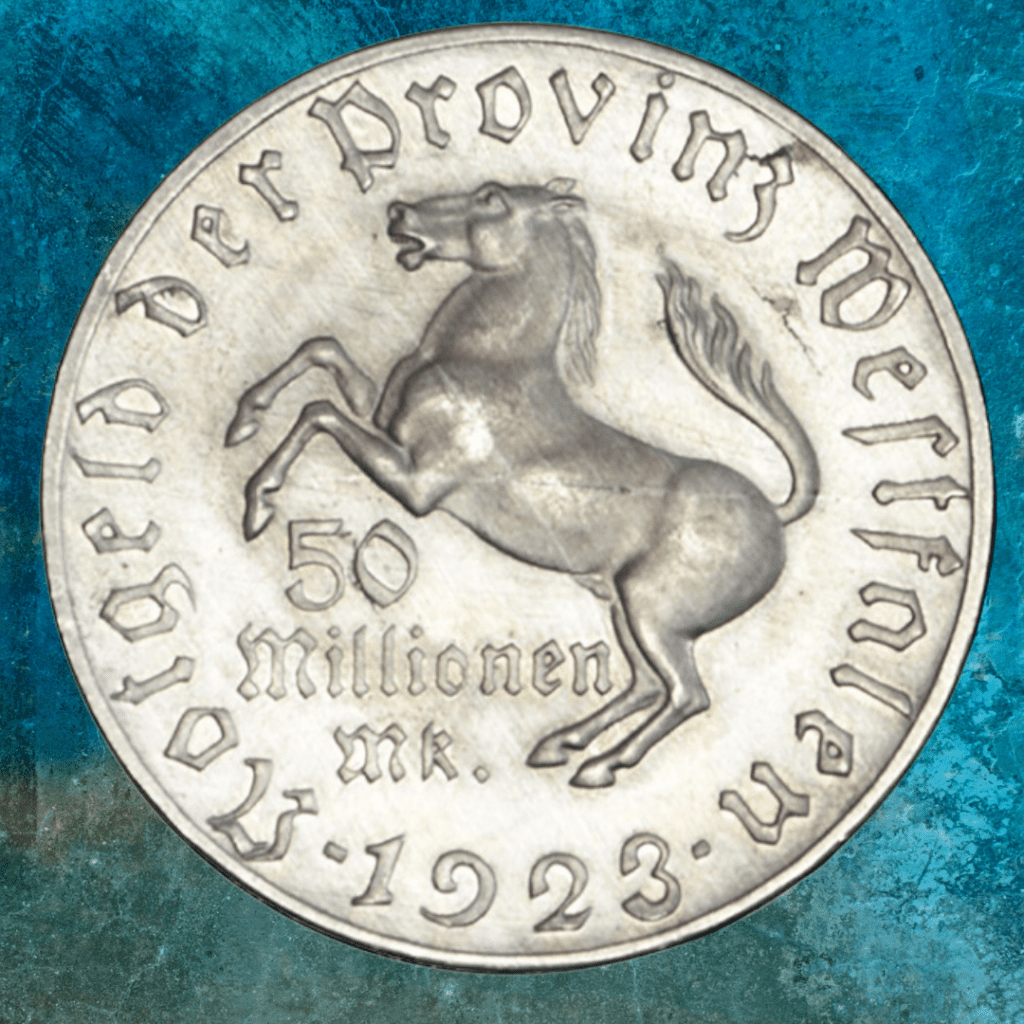
Numismatics and Society
Using the Lens of Weimar Hyperinflation
Analyze the origins, structures, and functions of governments to evaluate the impact on citizens and the global society.
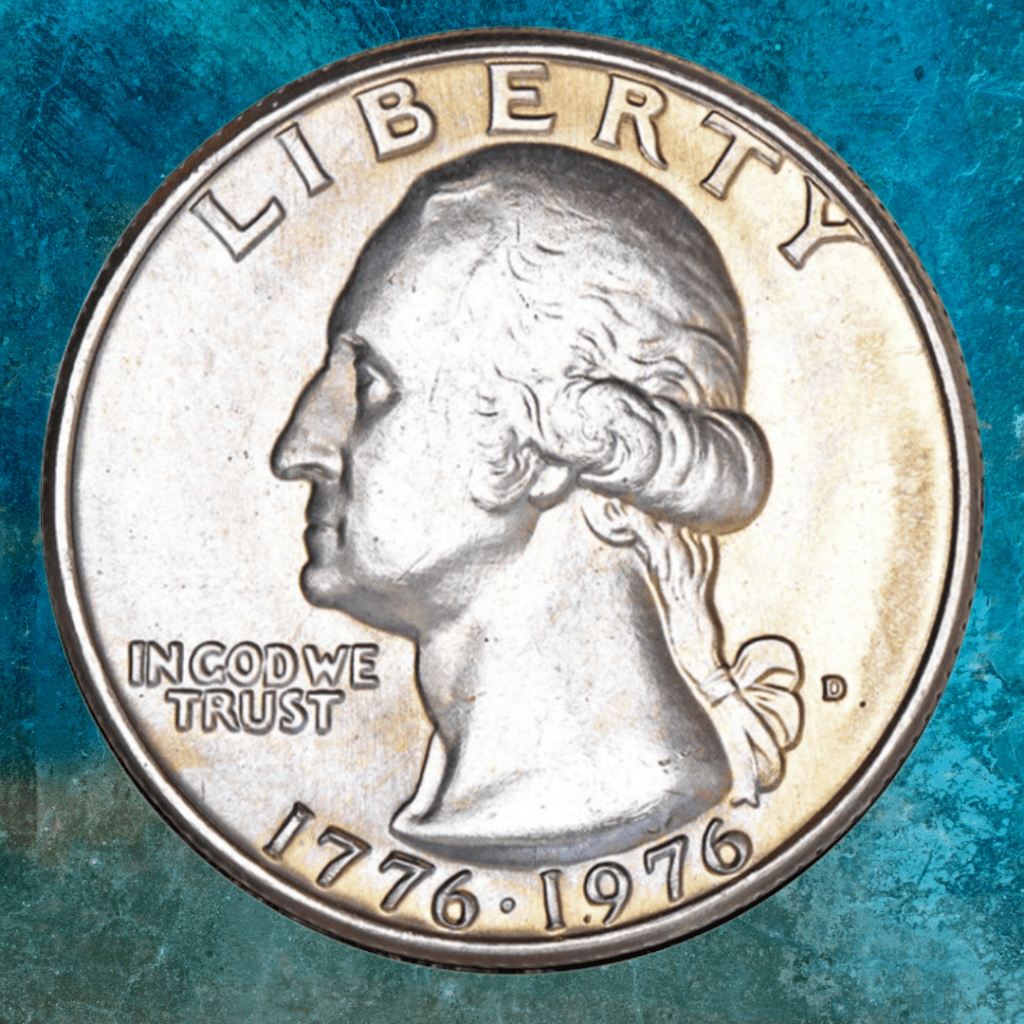
The History of Money
Numismatics as a Reflection of Society
Understand the nature of historical knowledge as a process of inquiry that examines and analyzes how history is viewed, constructed, and interpreted.
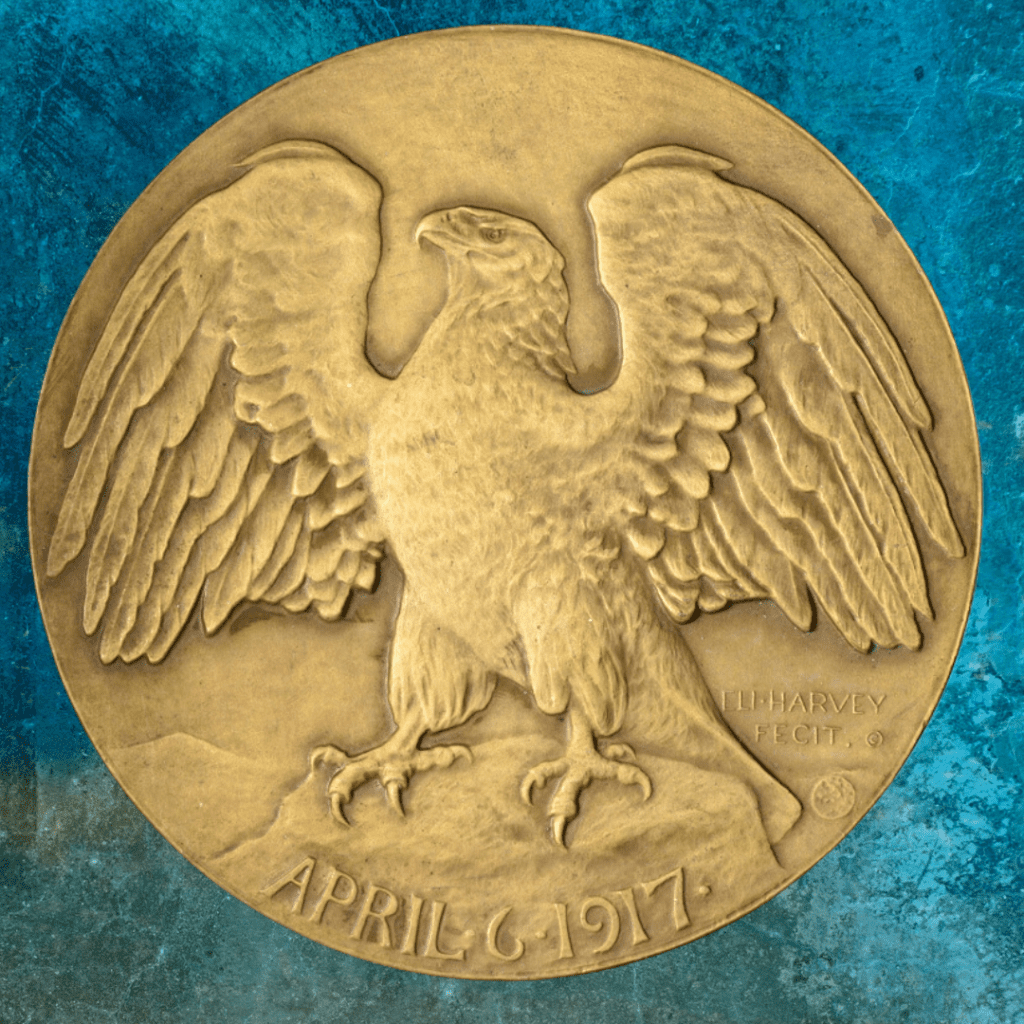
Numismatics and Society
Using the Lens of World War I
Analyze historical time period and patterns of continuity and change, through multiple perspectives, within and among cultures and societies.
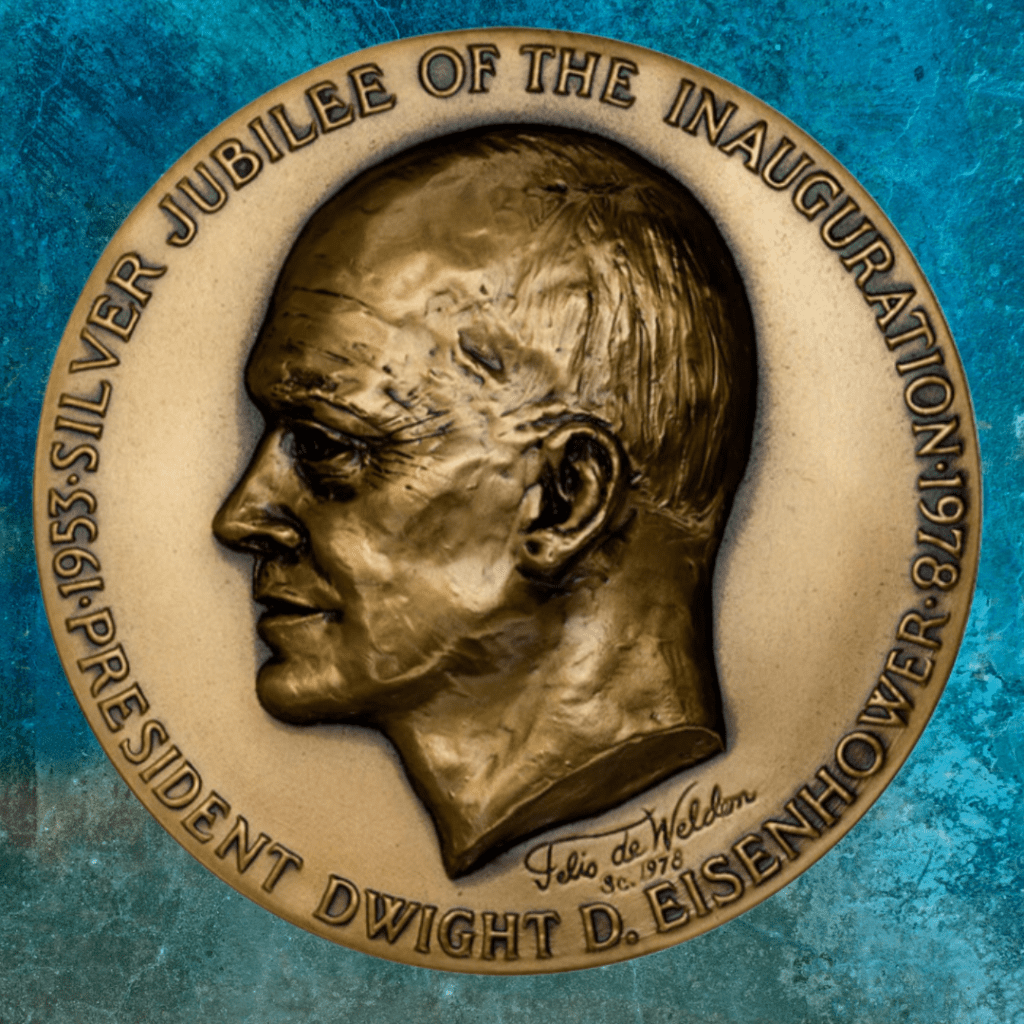
Using Medals to Understand the Past and the Present
Understand the nature of historical knowledge as a process of inquiry that examines and analyzes how history is viewed, constructed, and interpreted.
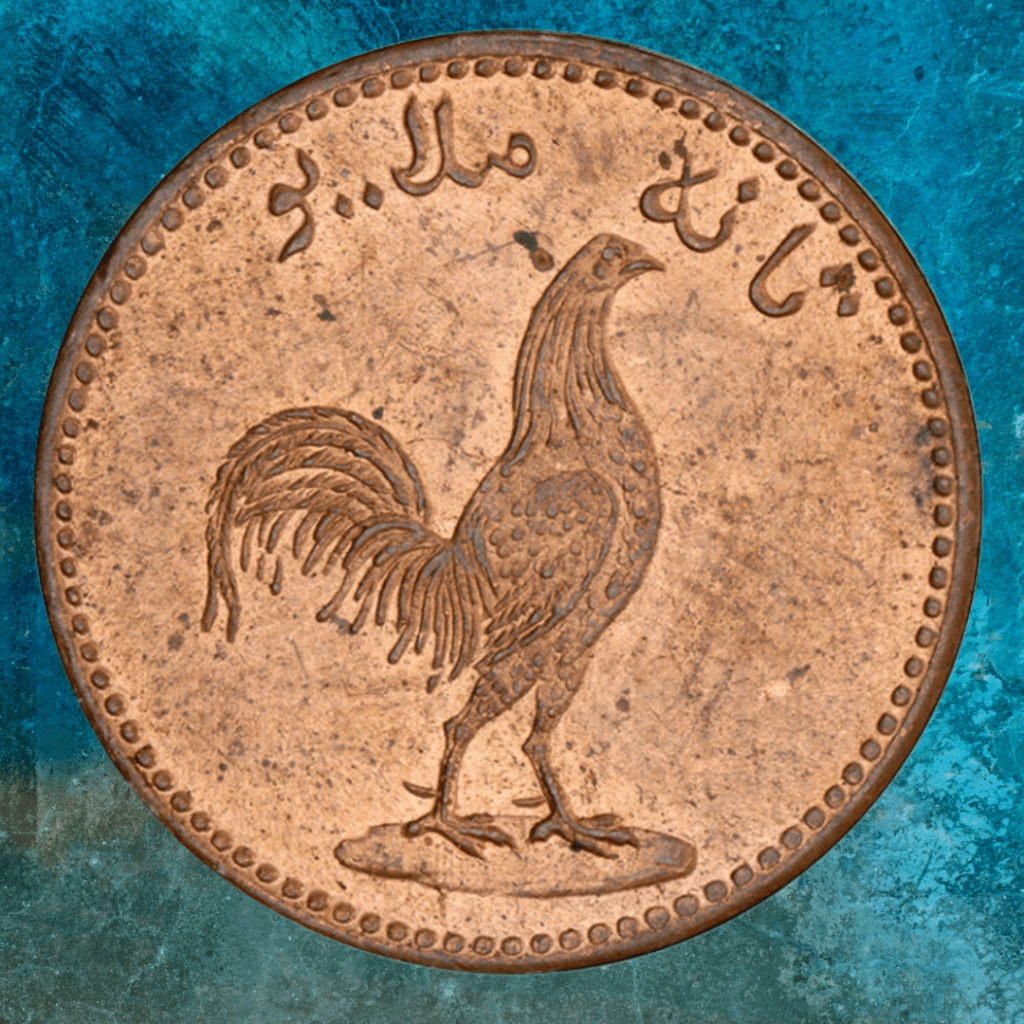
The Influence of British Imperialism
Examine the characteristics of places and regions, and the changing nature among geographic and human interactions.
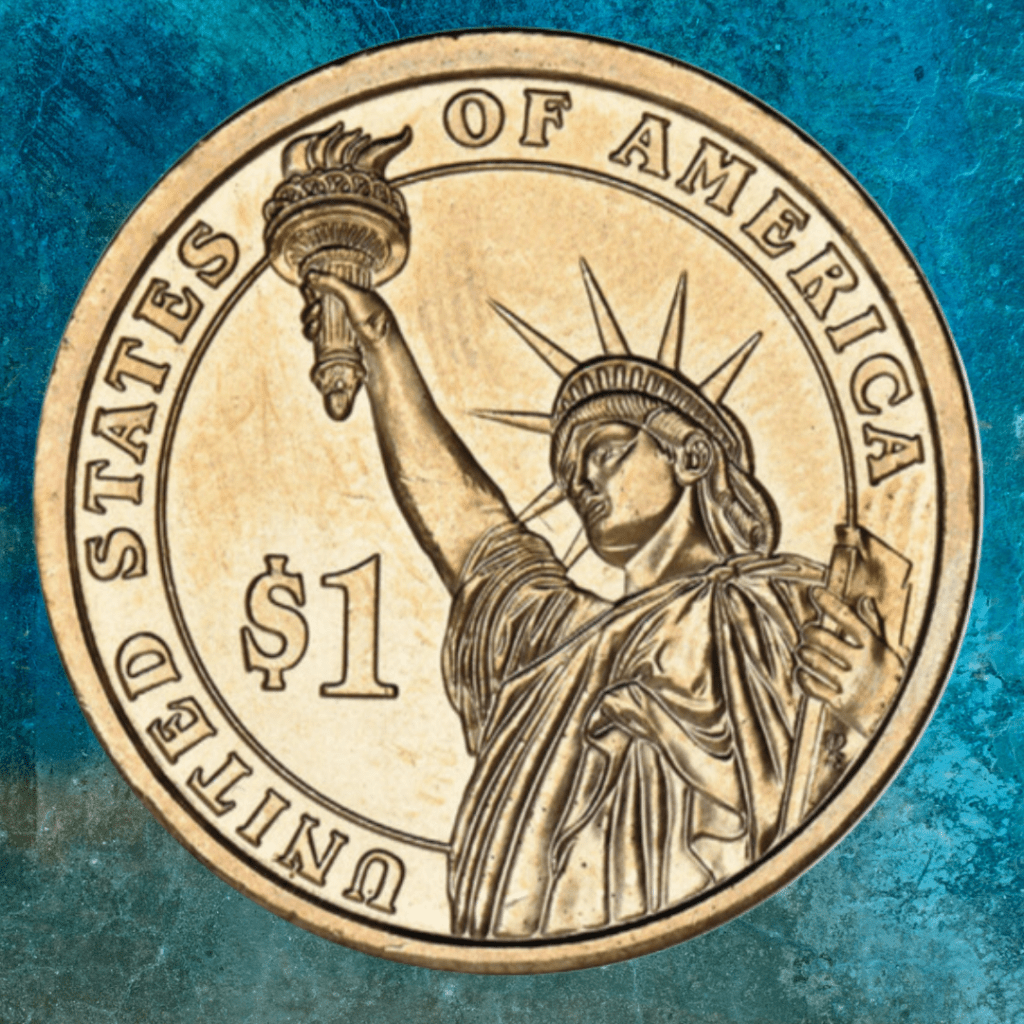
Historical Time Period Investigation
Analyze historical time periods and patterns of continuity and change, through multiple perspectives, within and among cultures and societies.
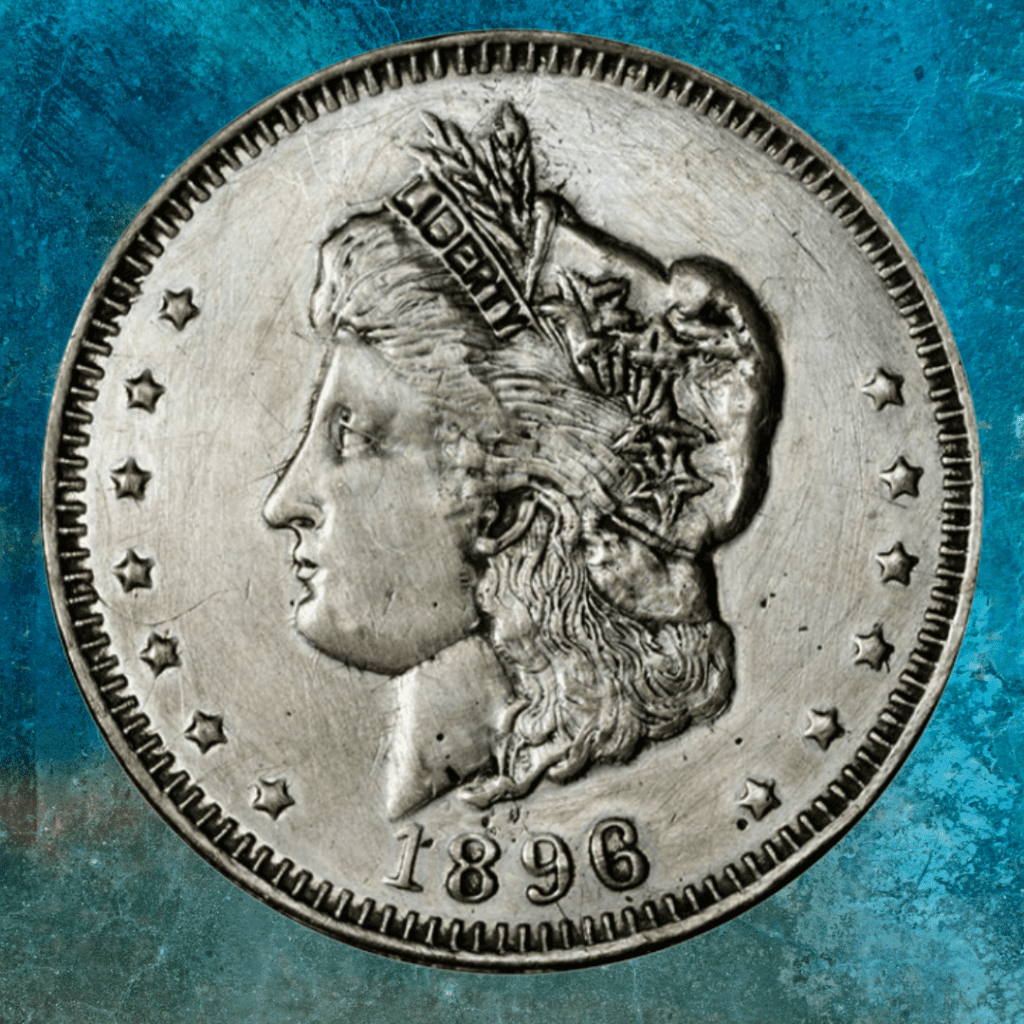
Money and Public Policy
Using the Lens of William Jennings Bryan
Understand the allocation of scarce resources in societies through analysis of individual choice, market interaction, and public policy.